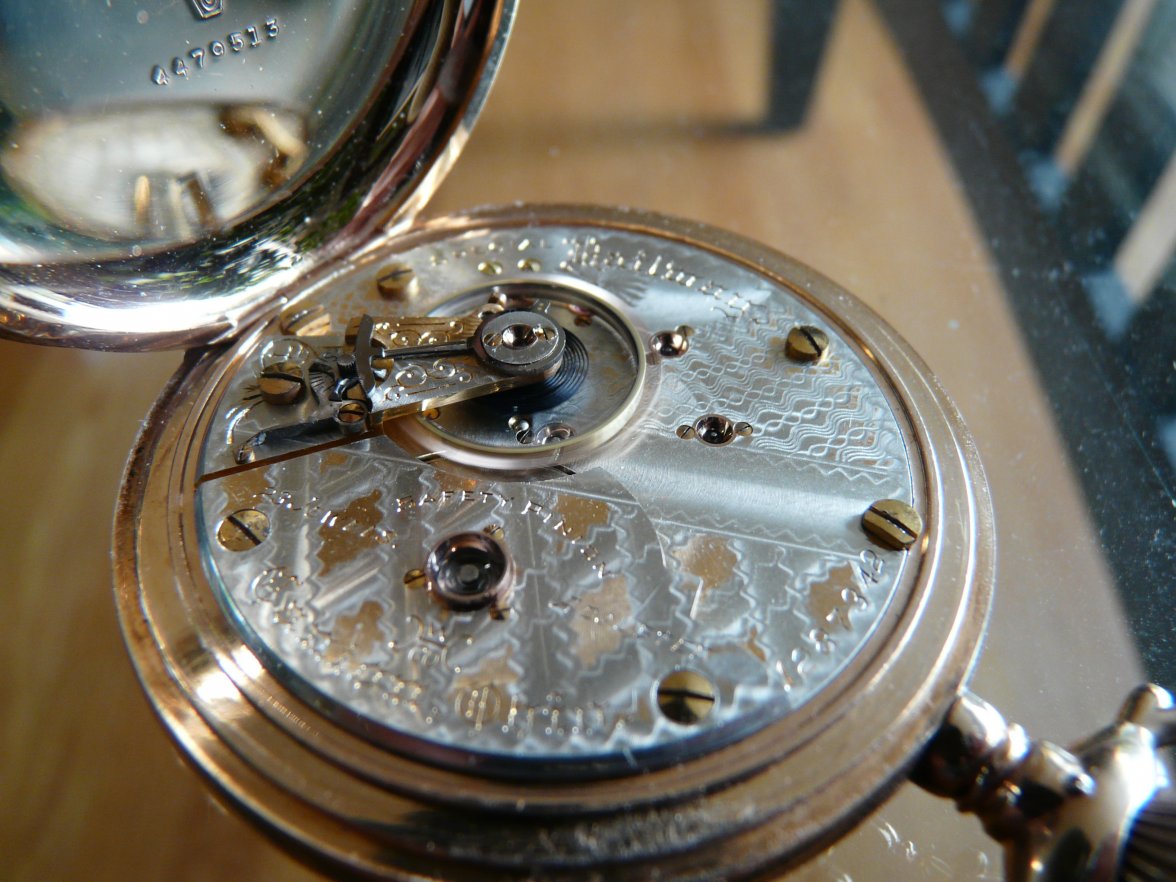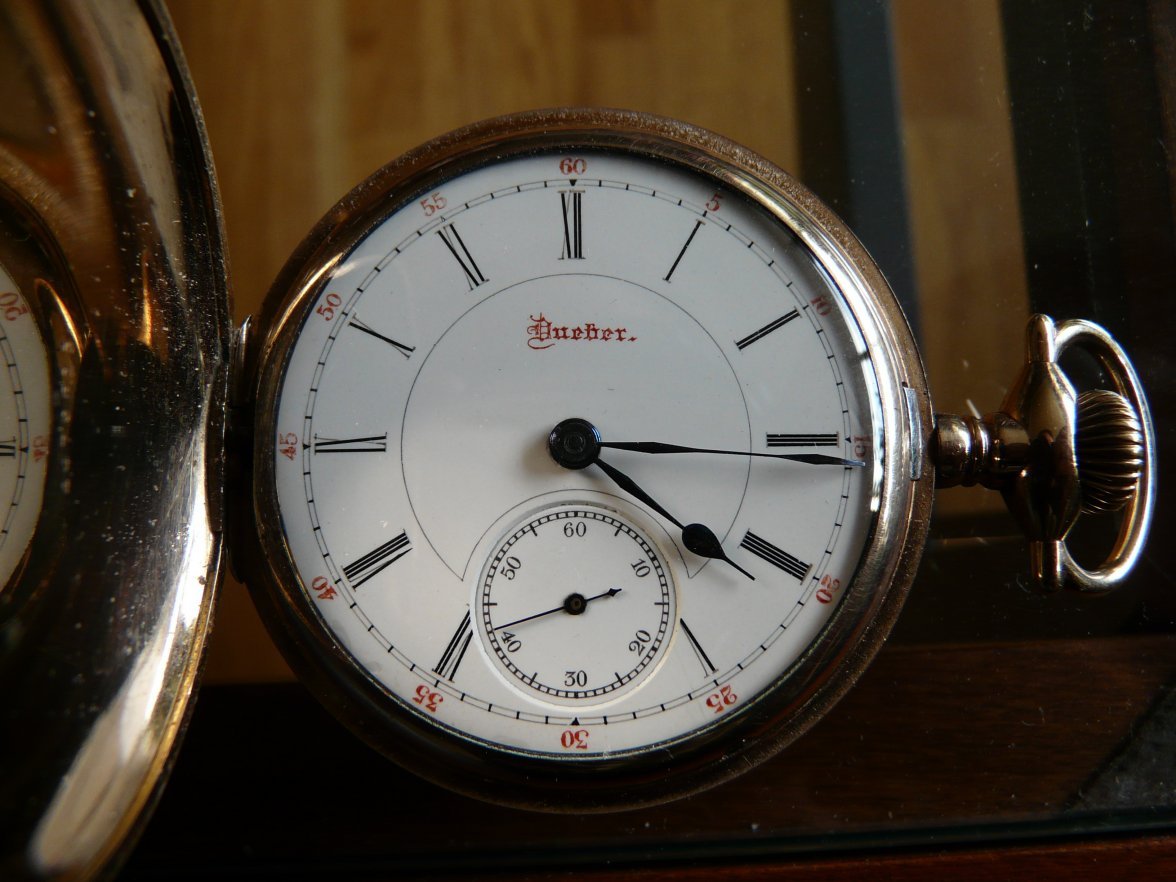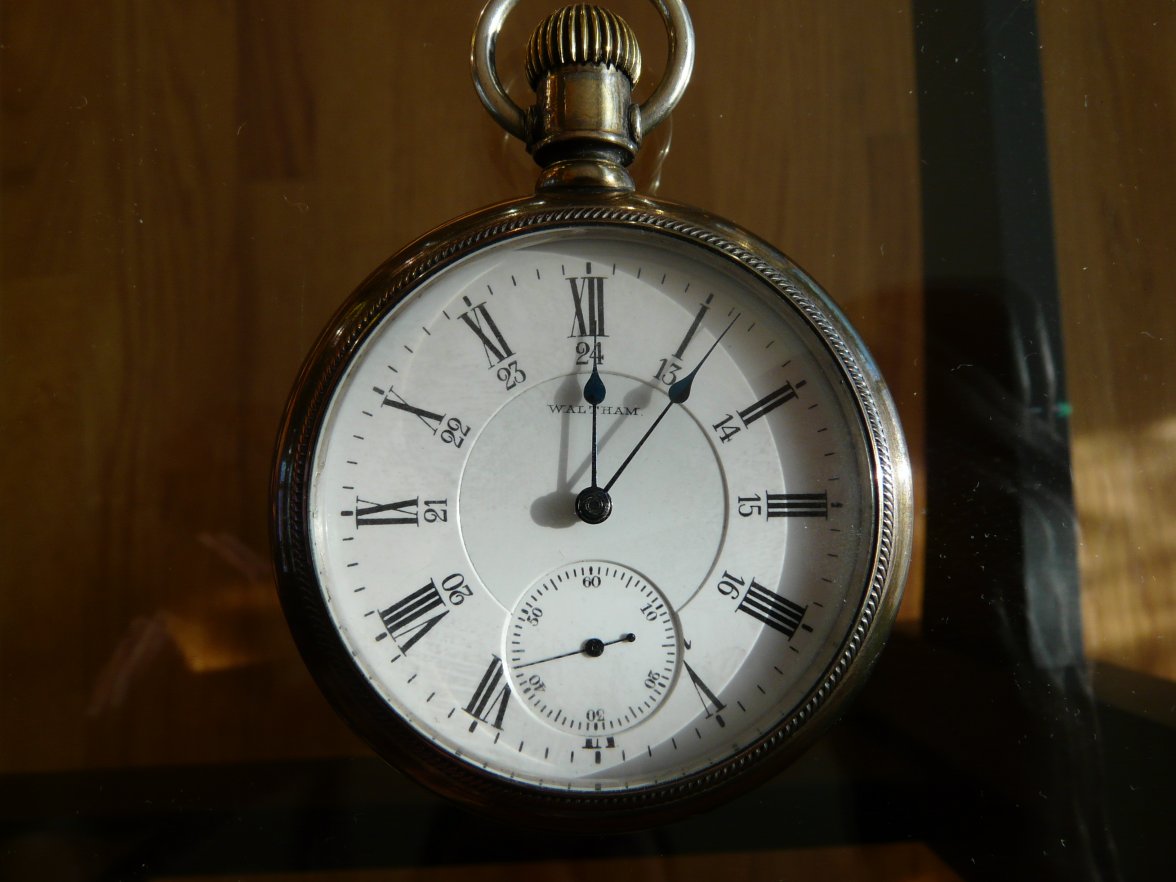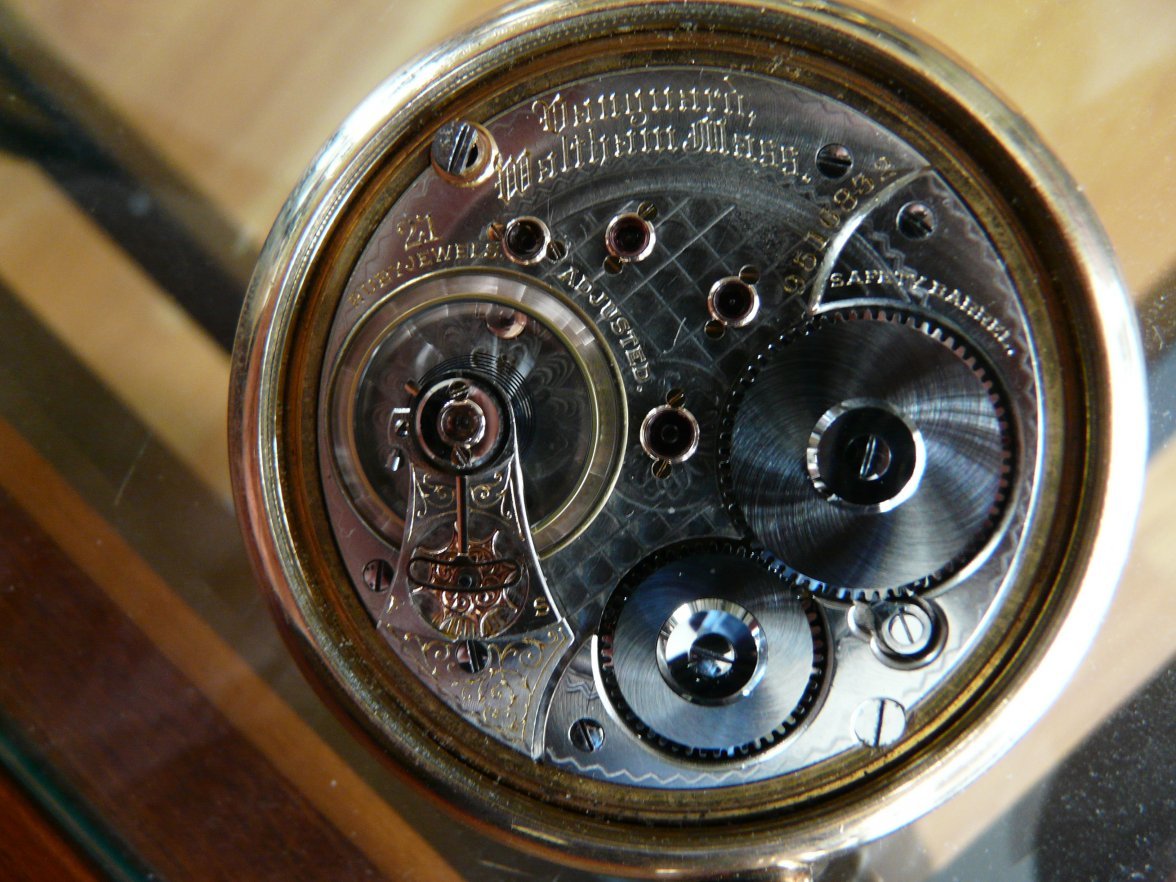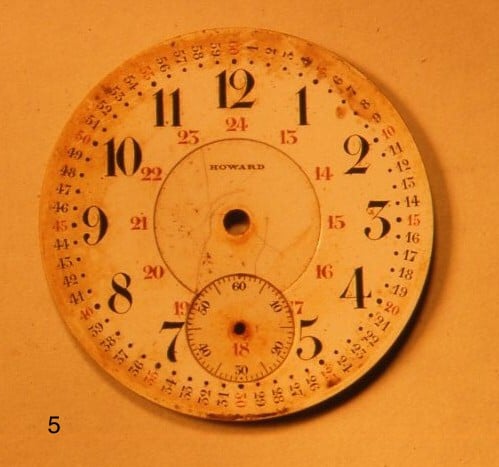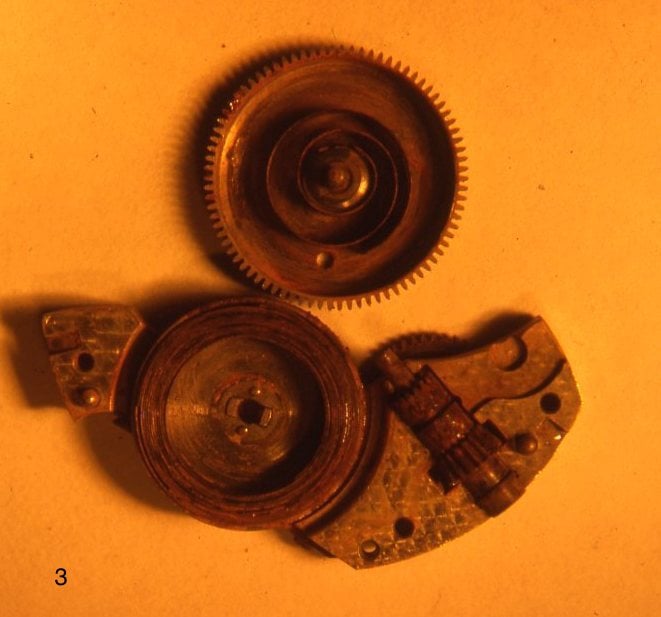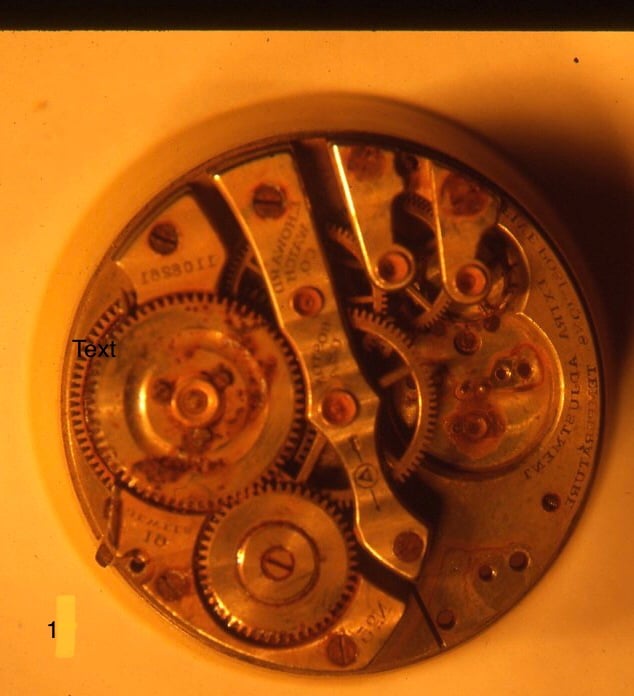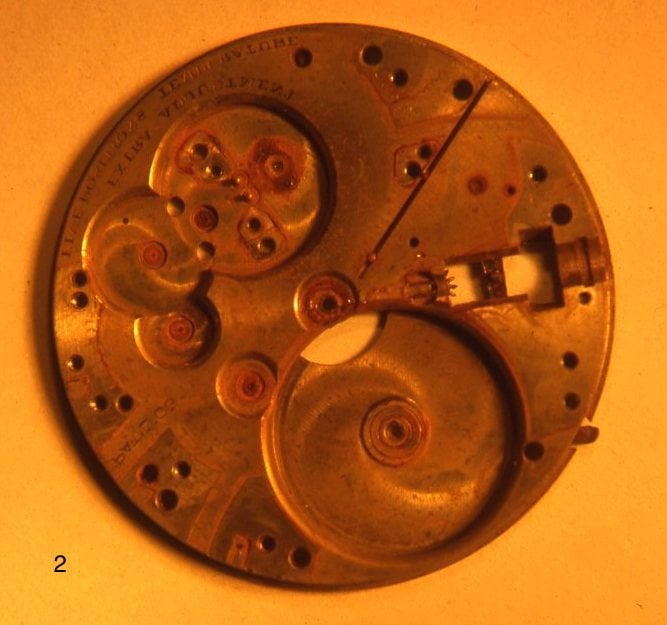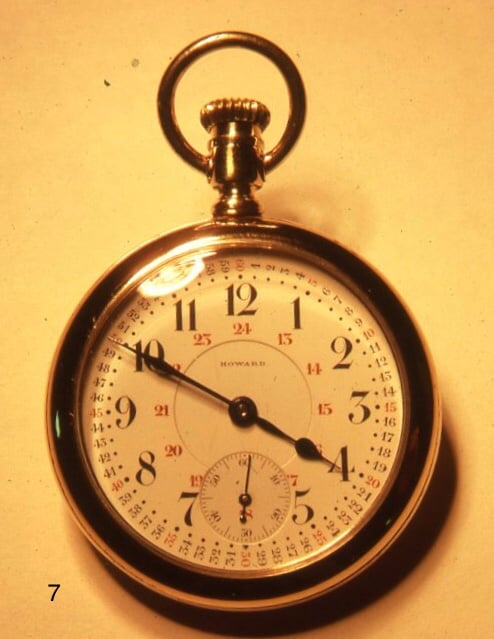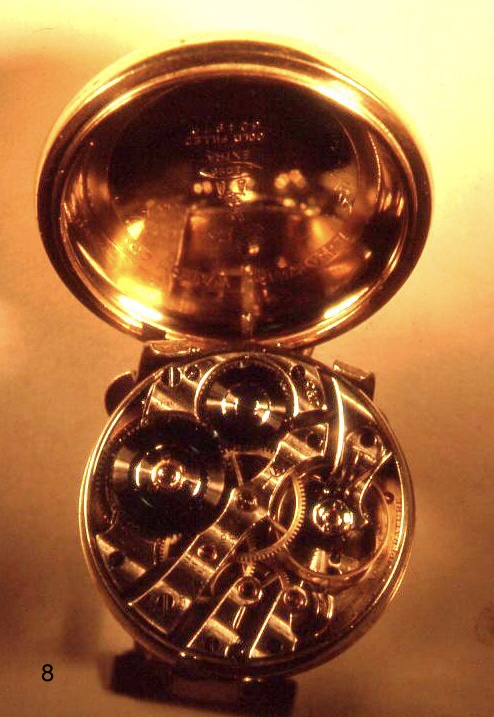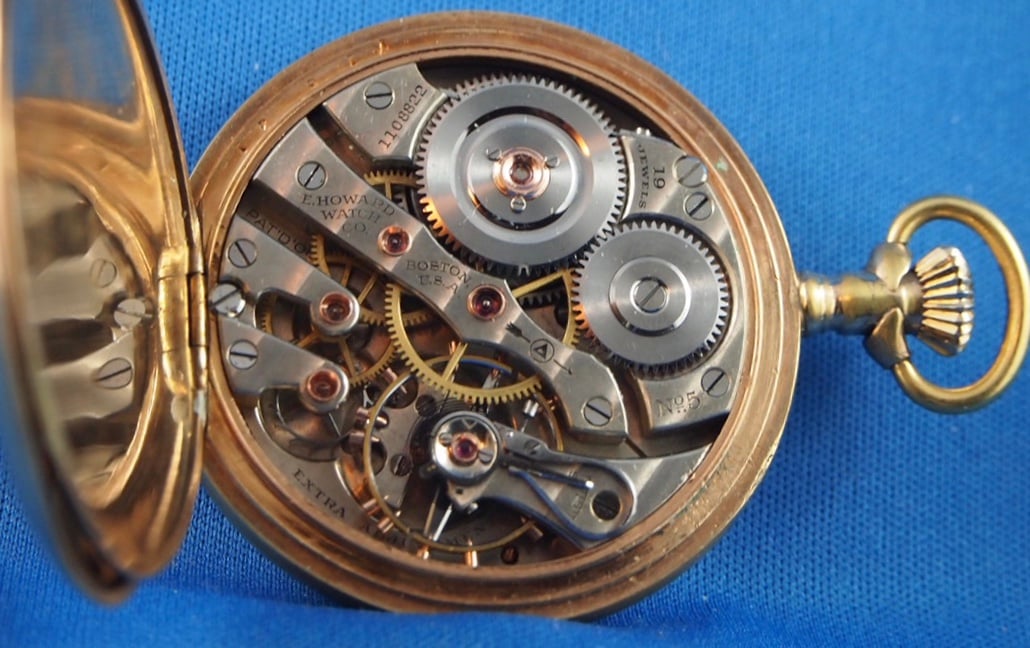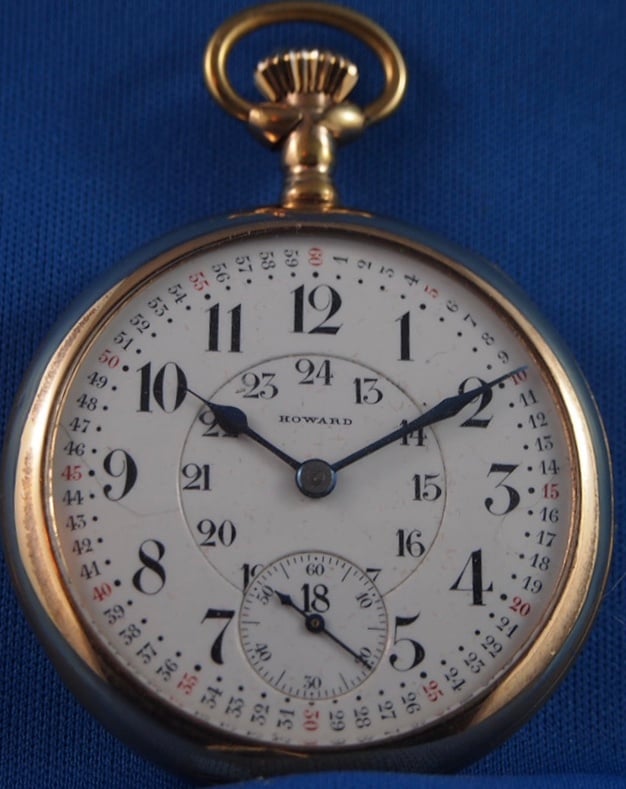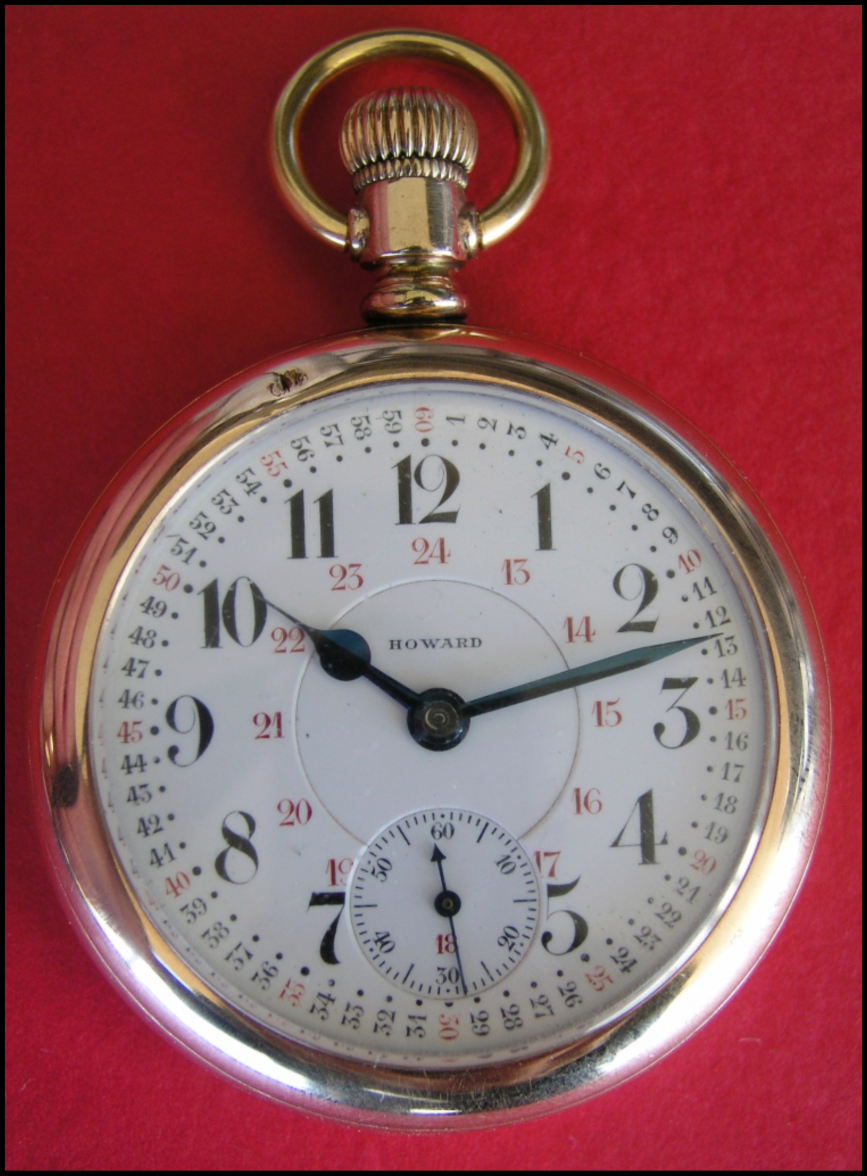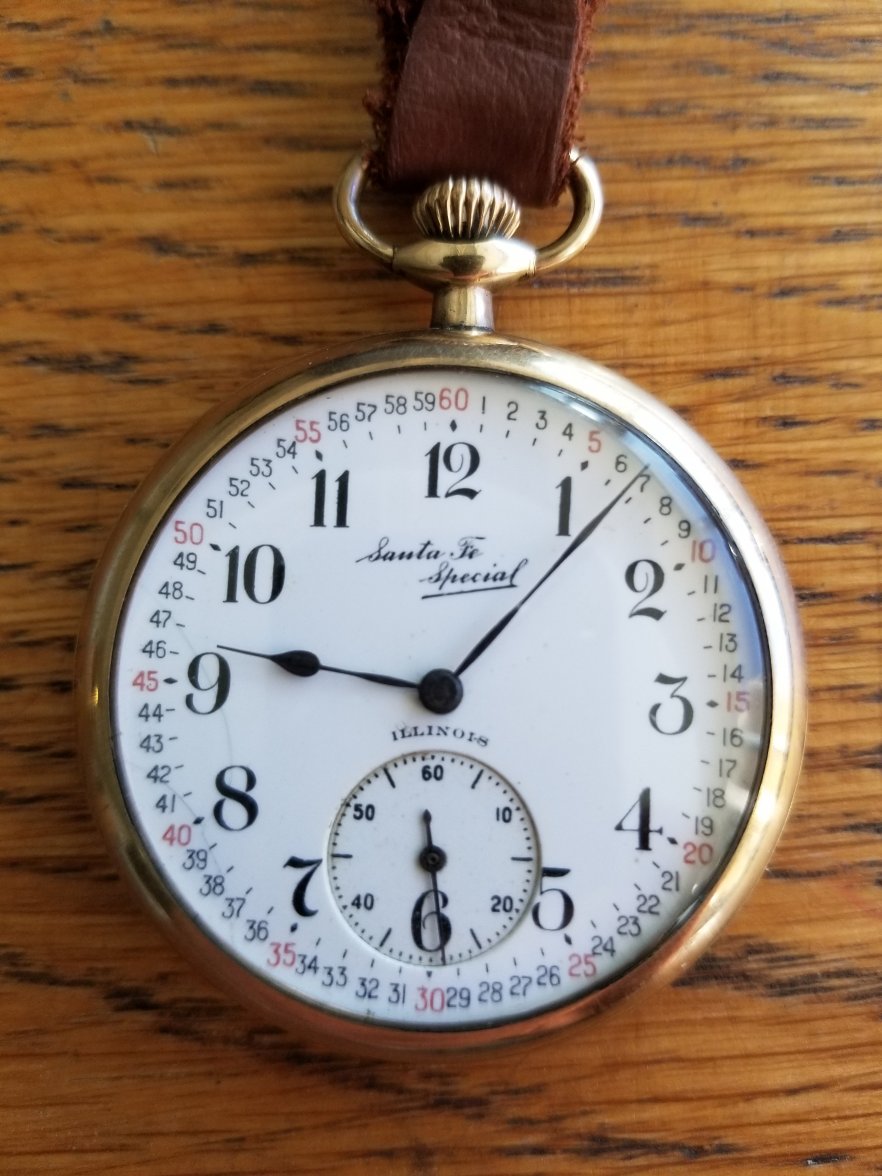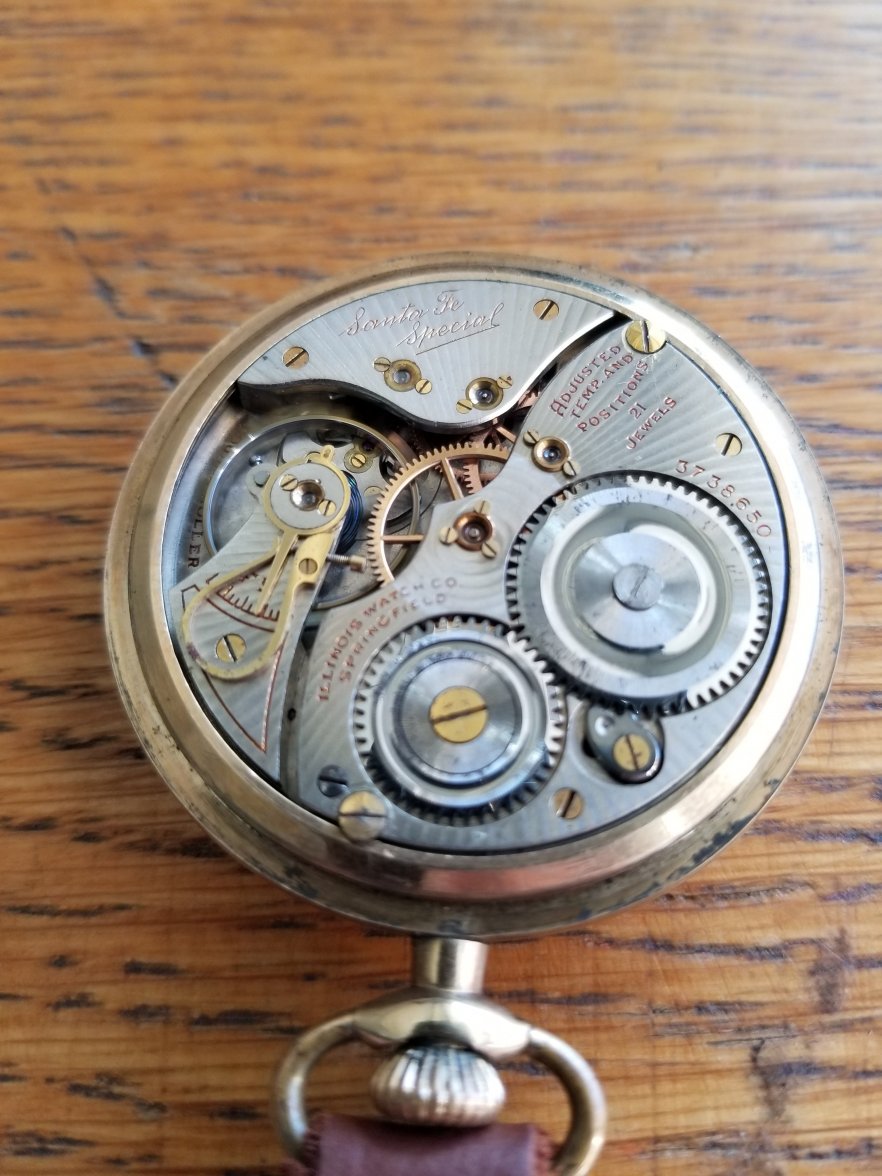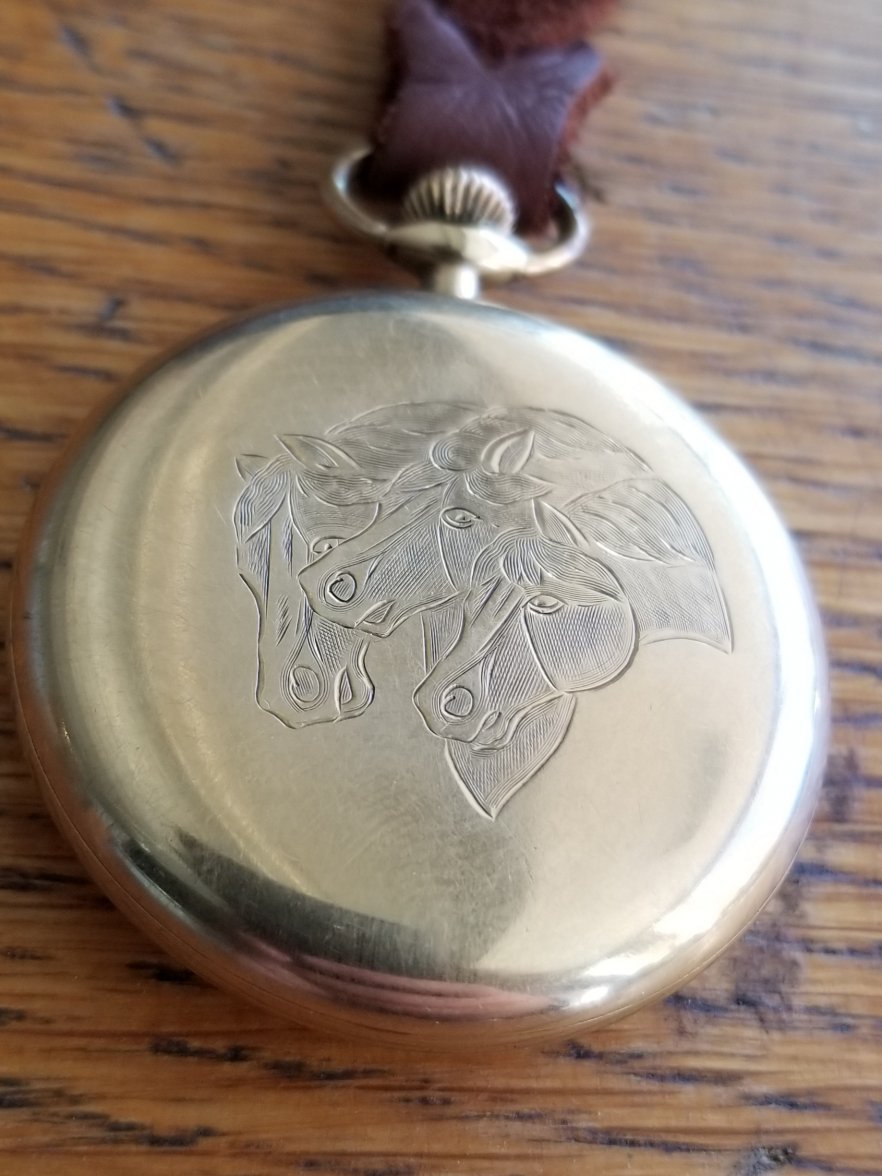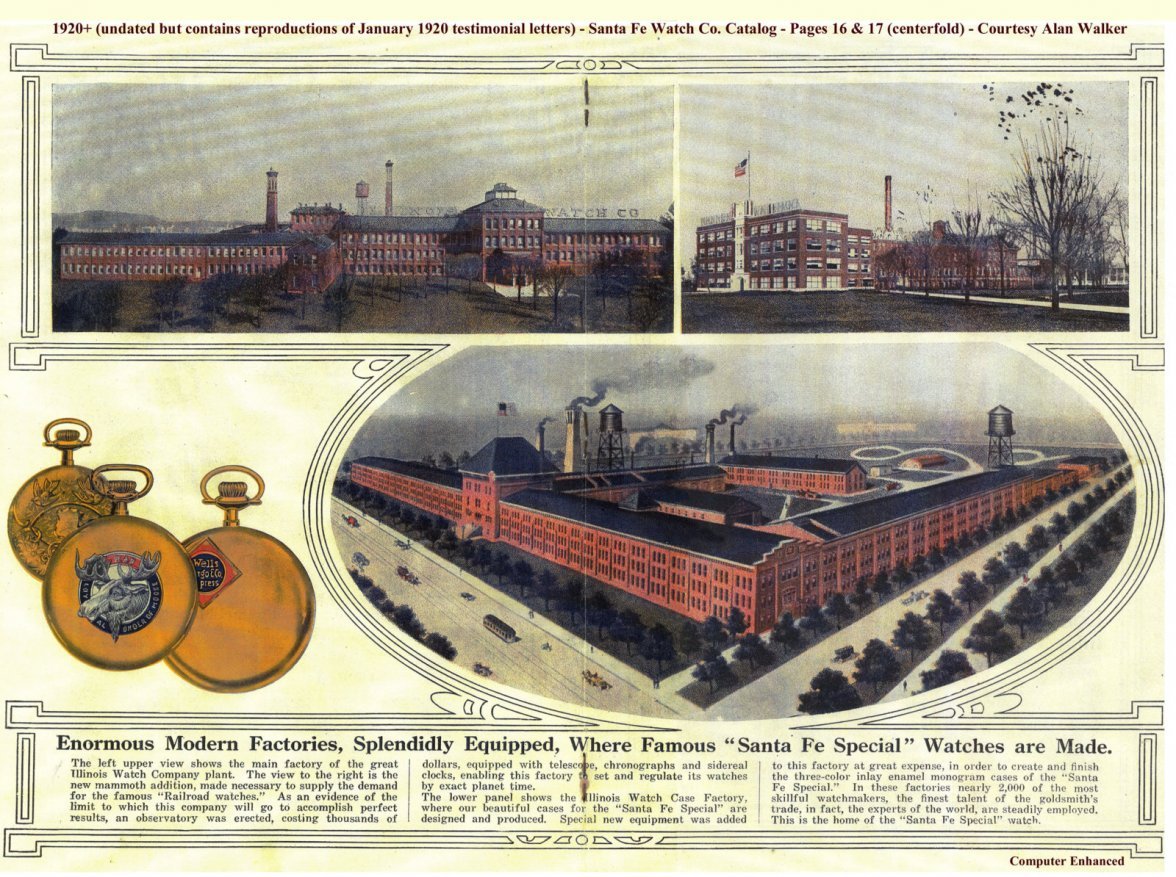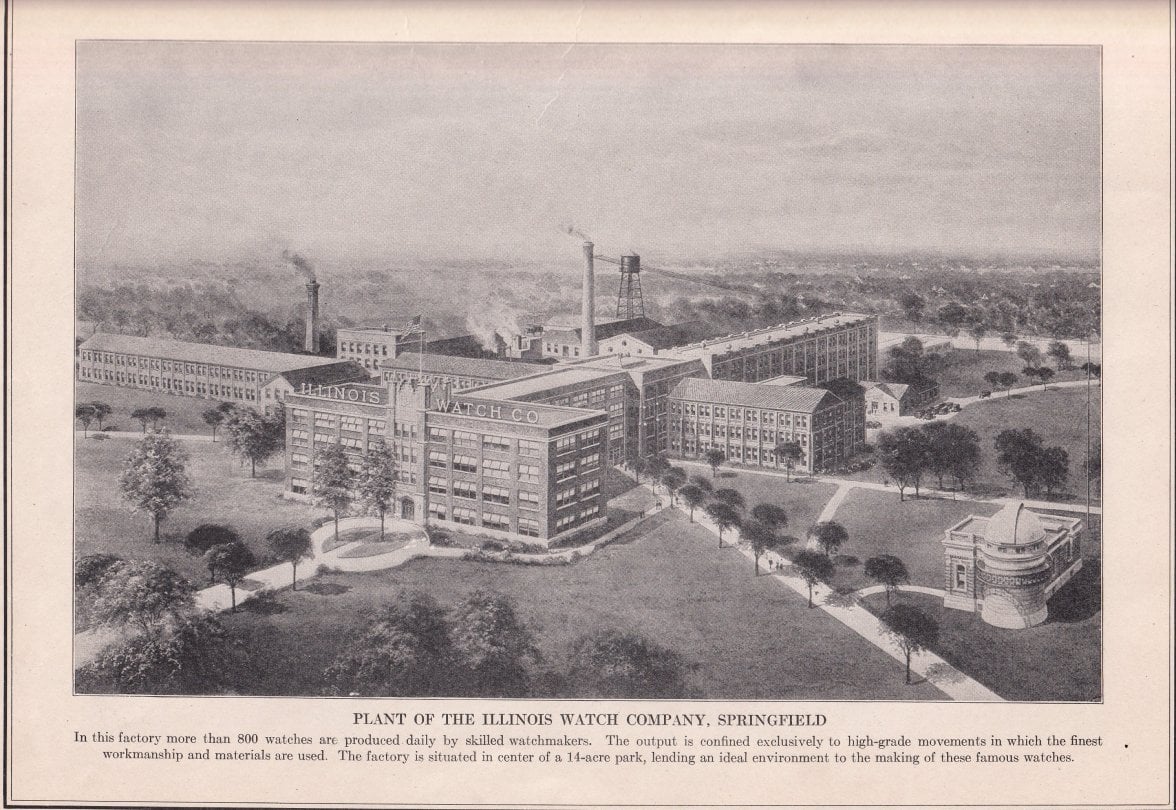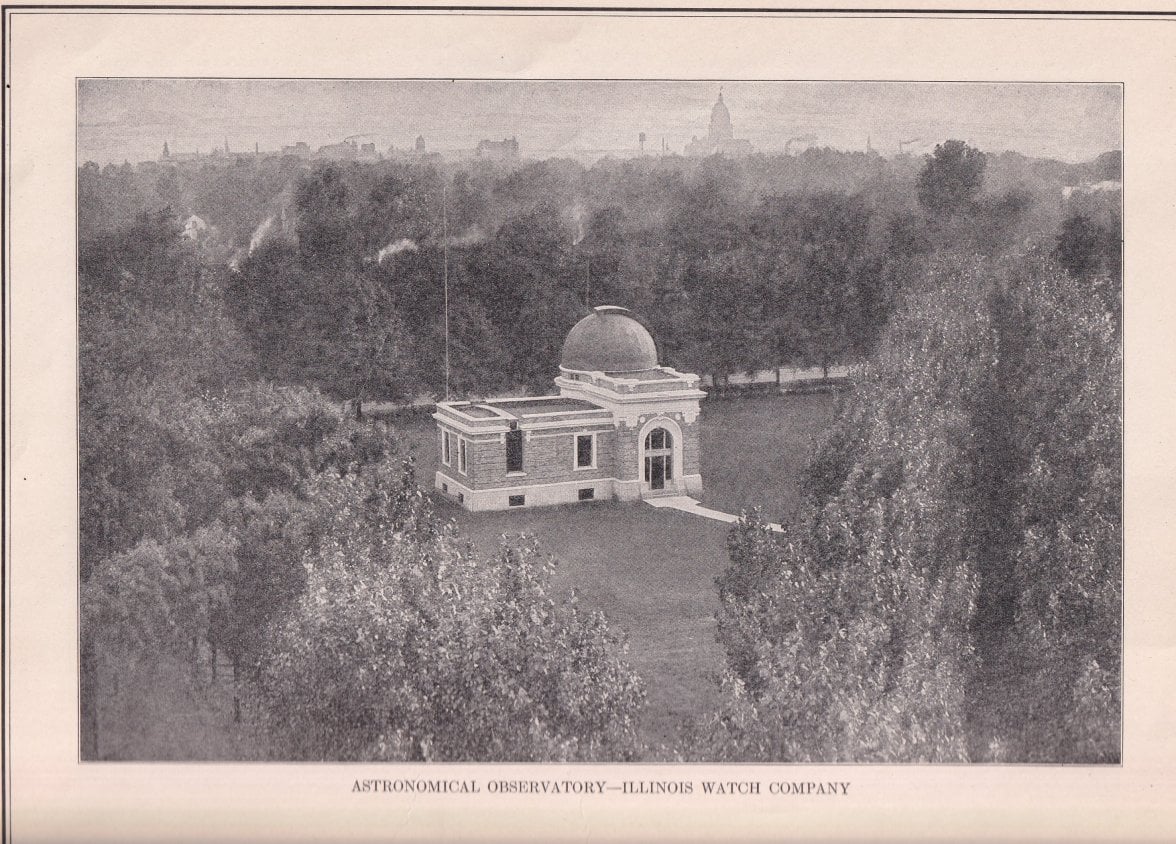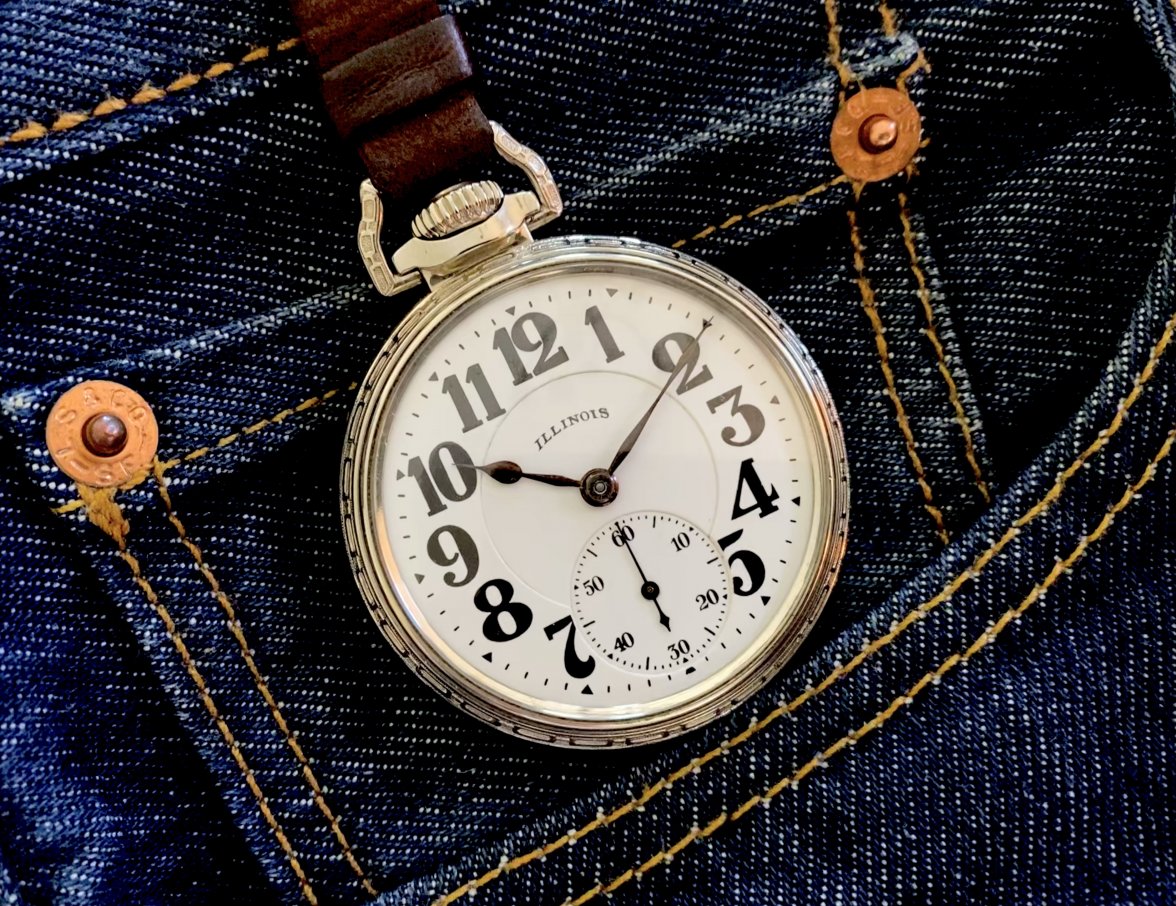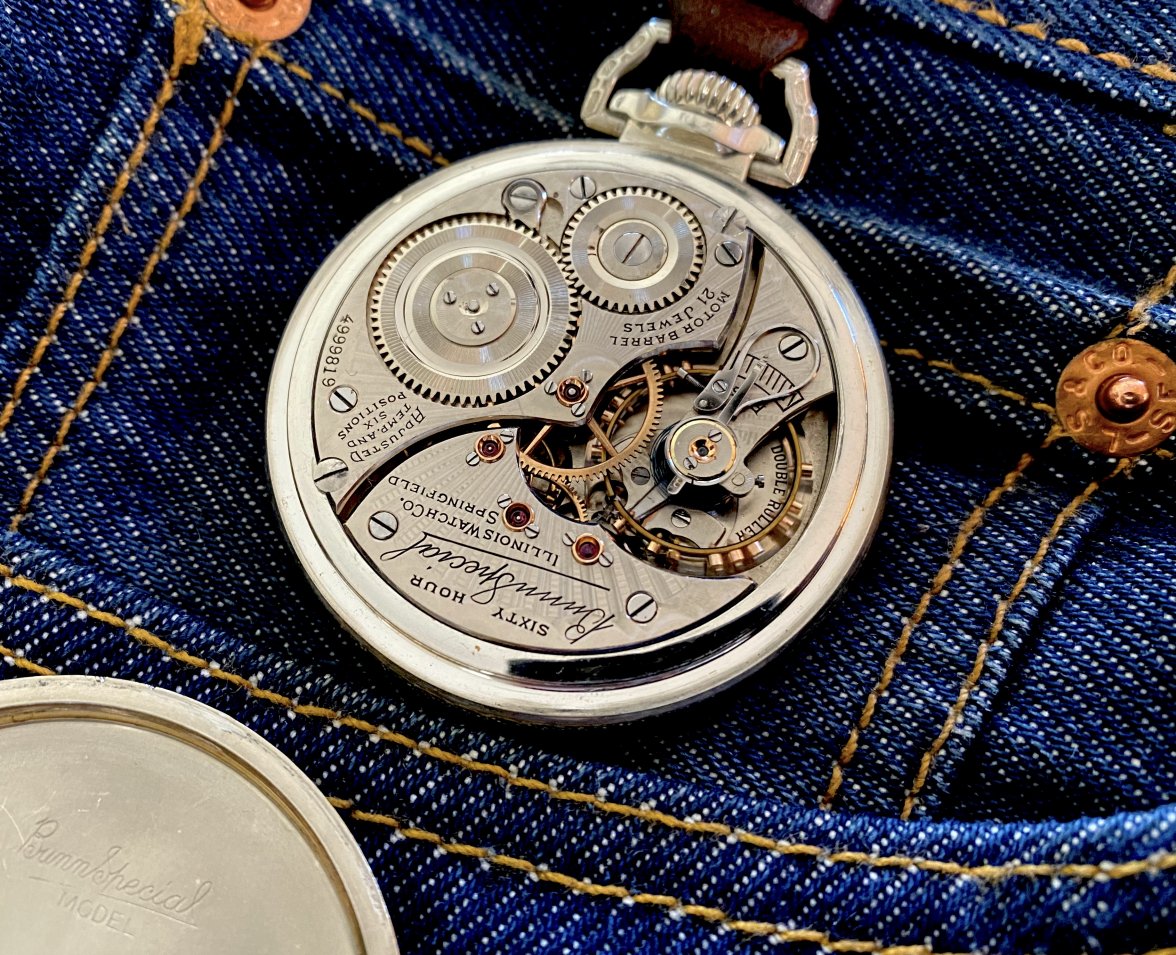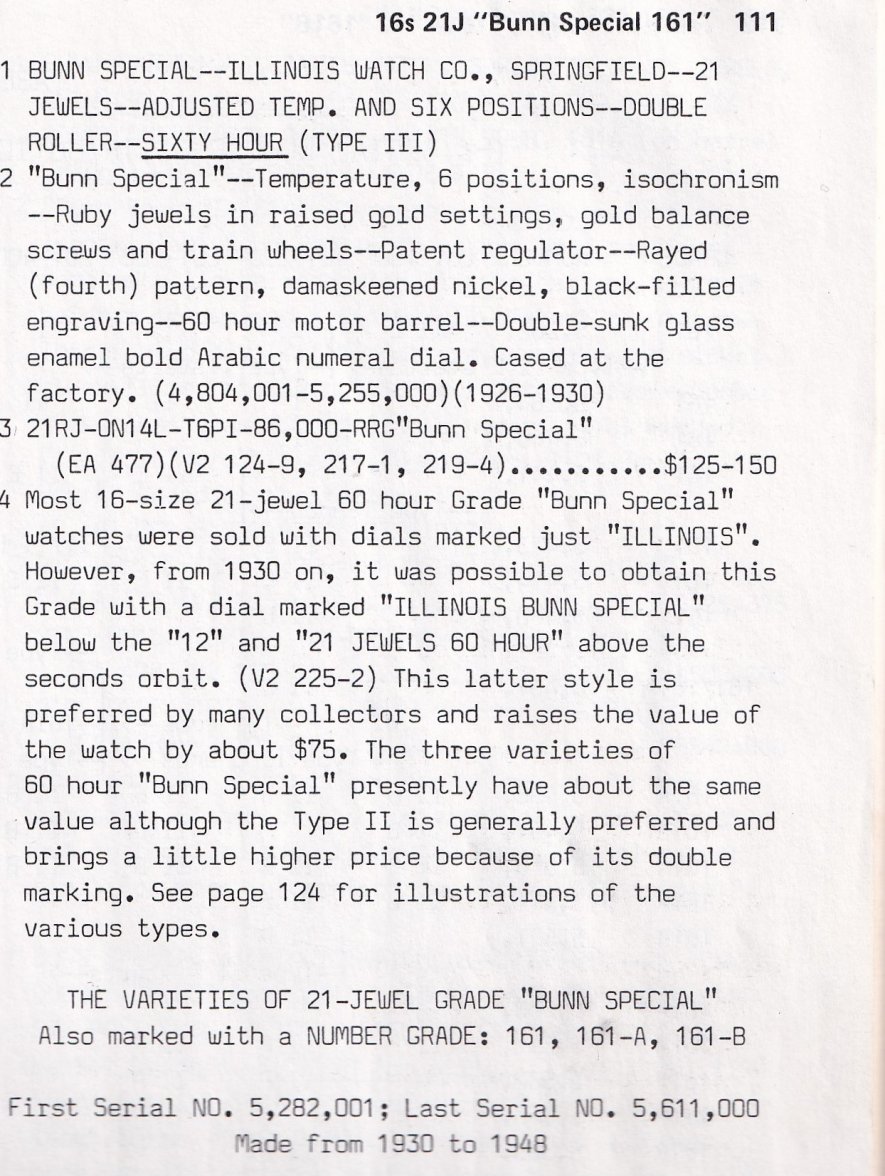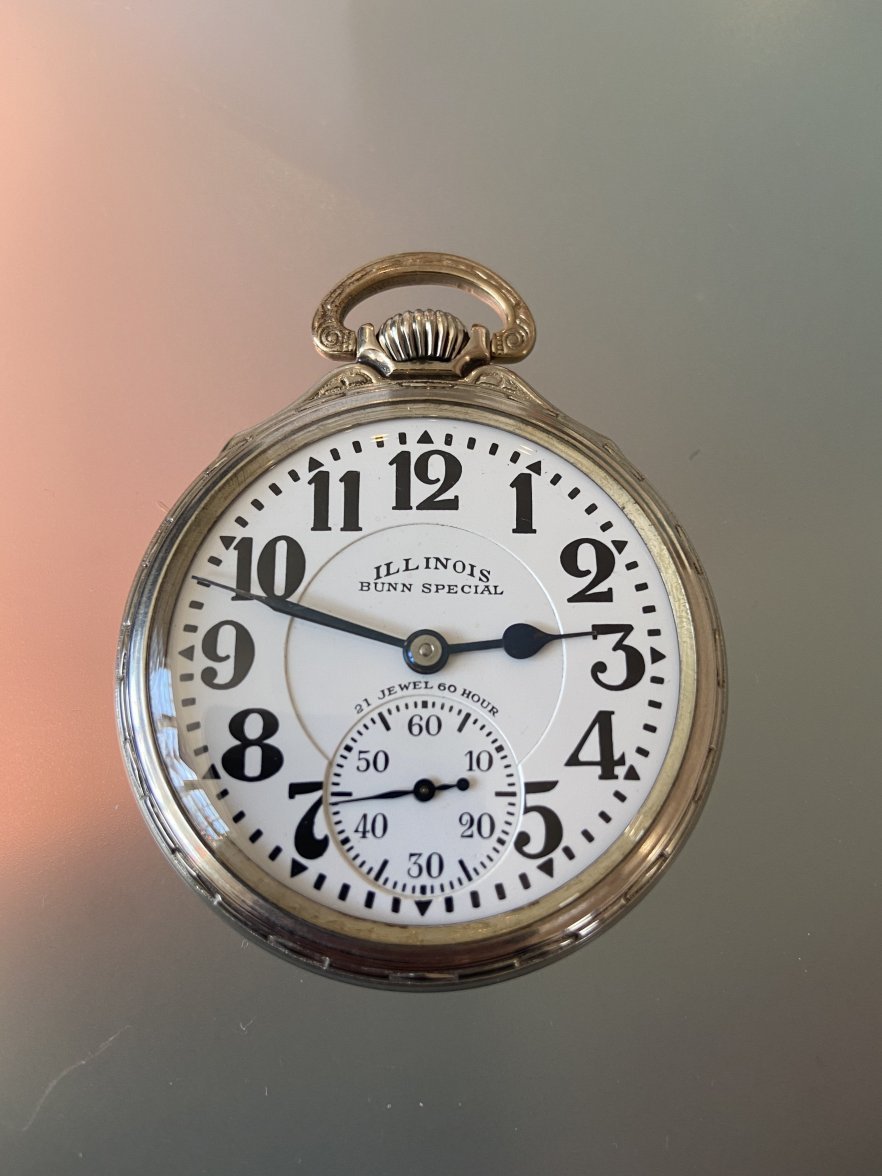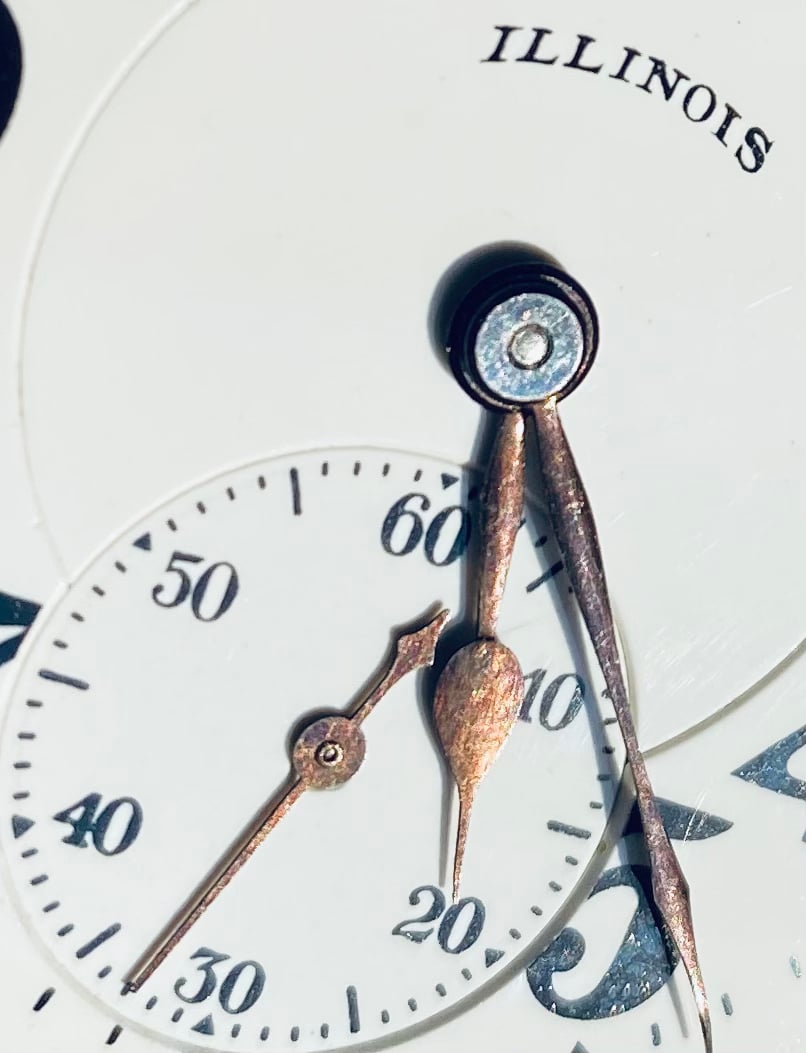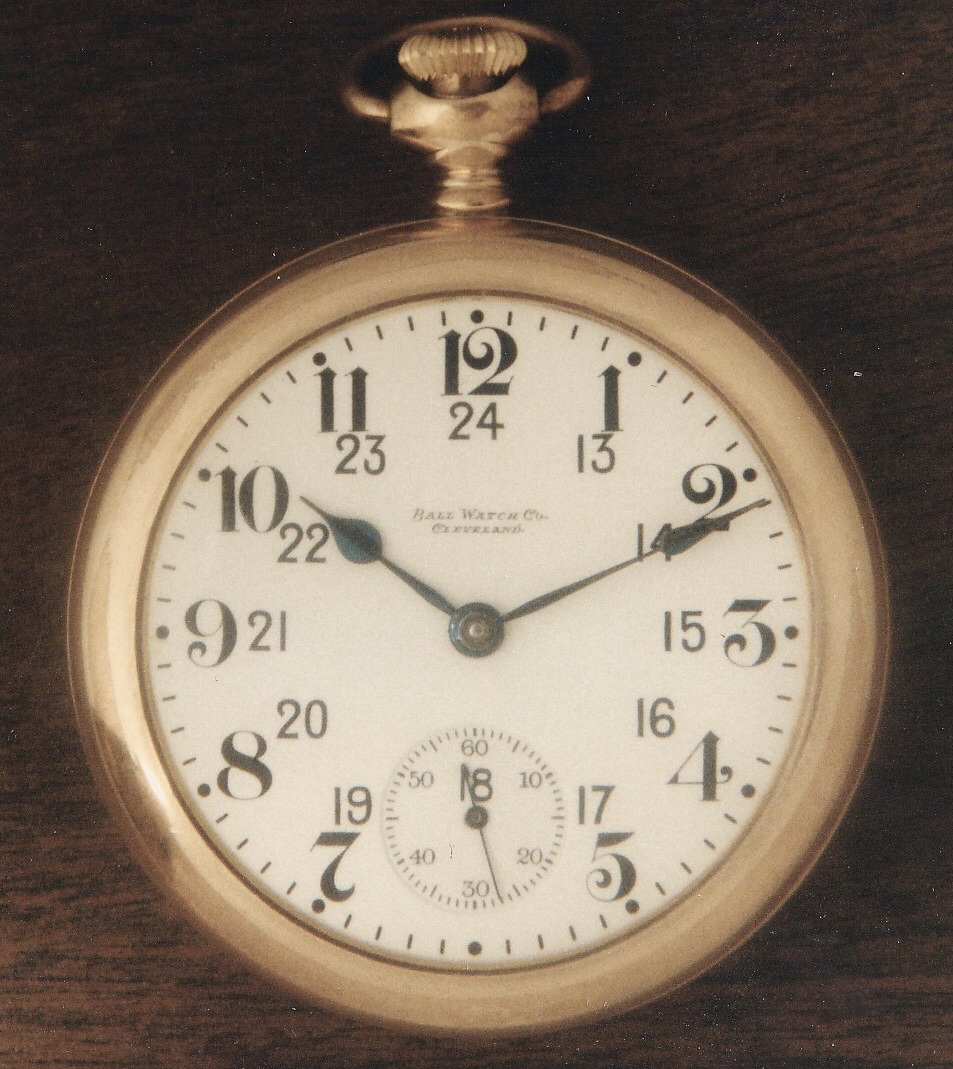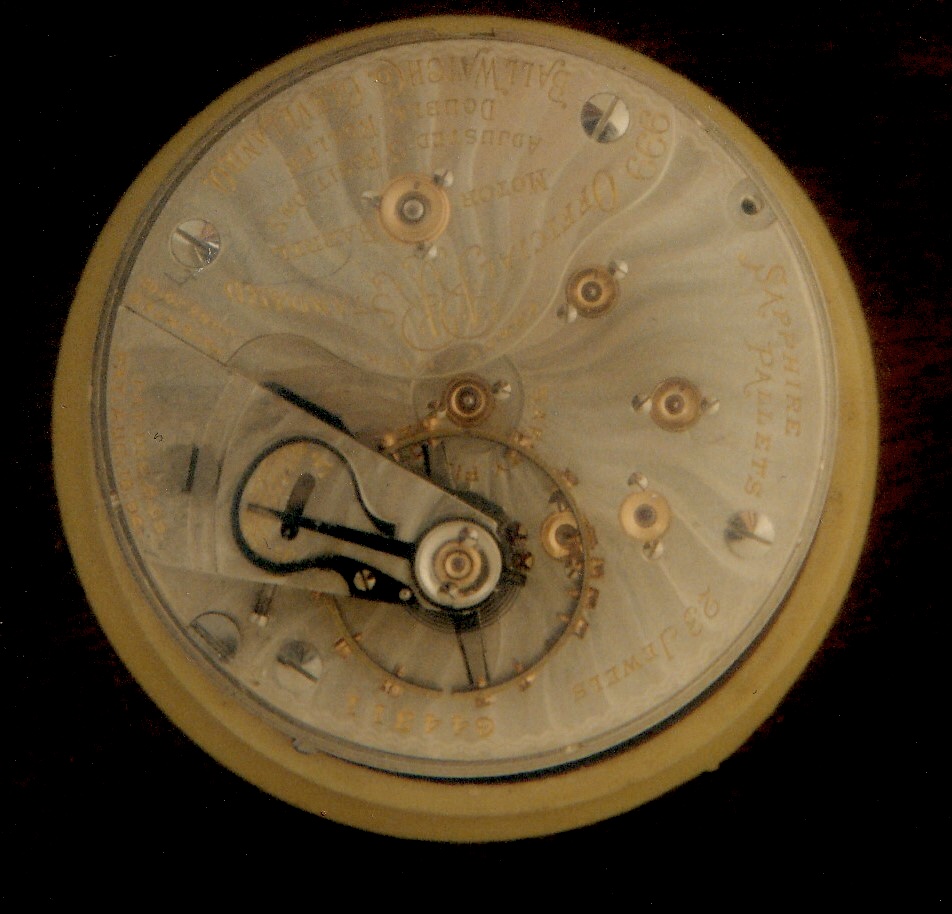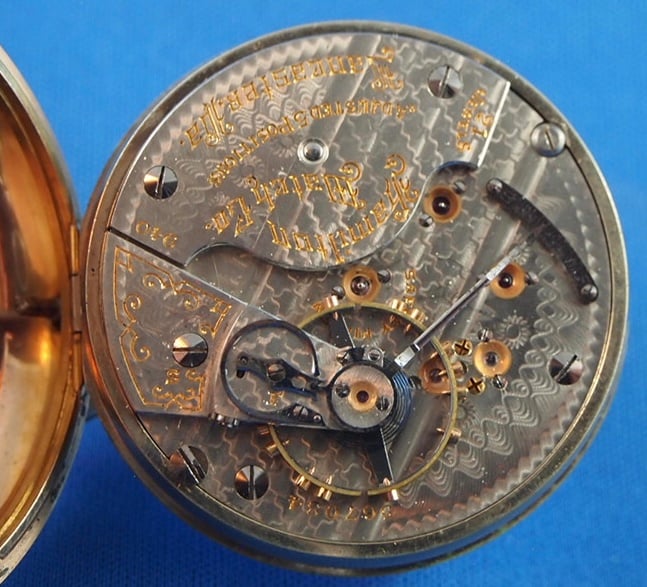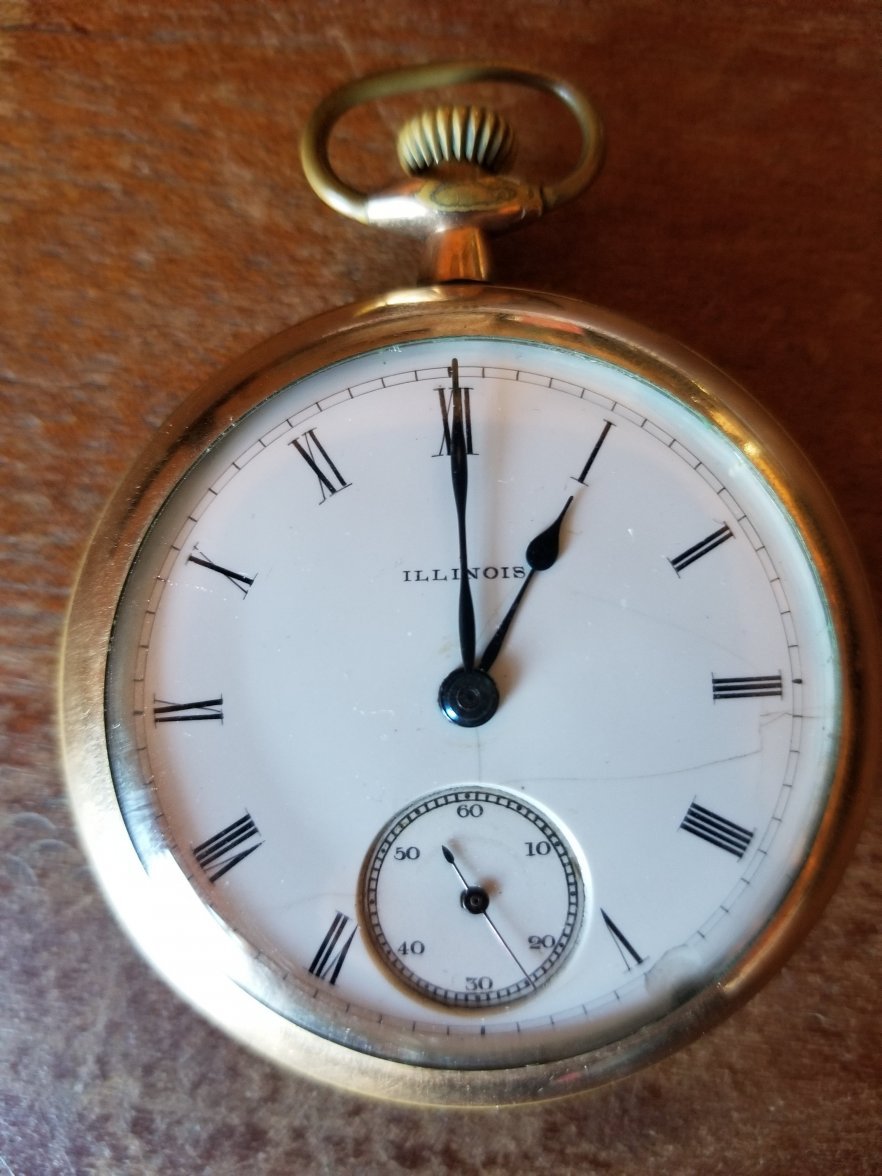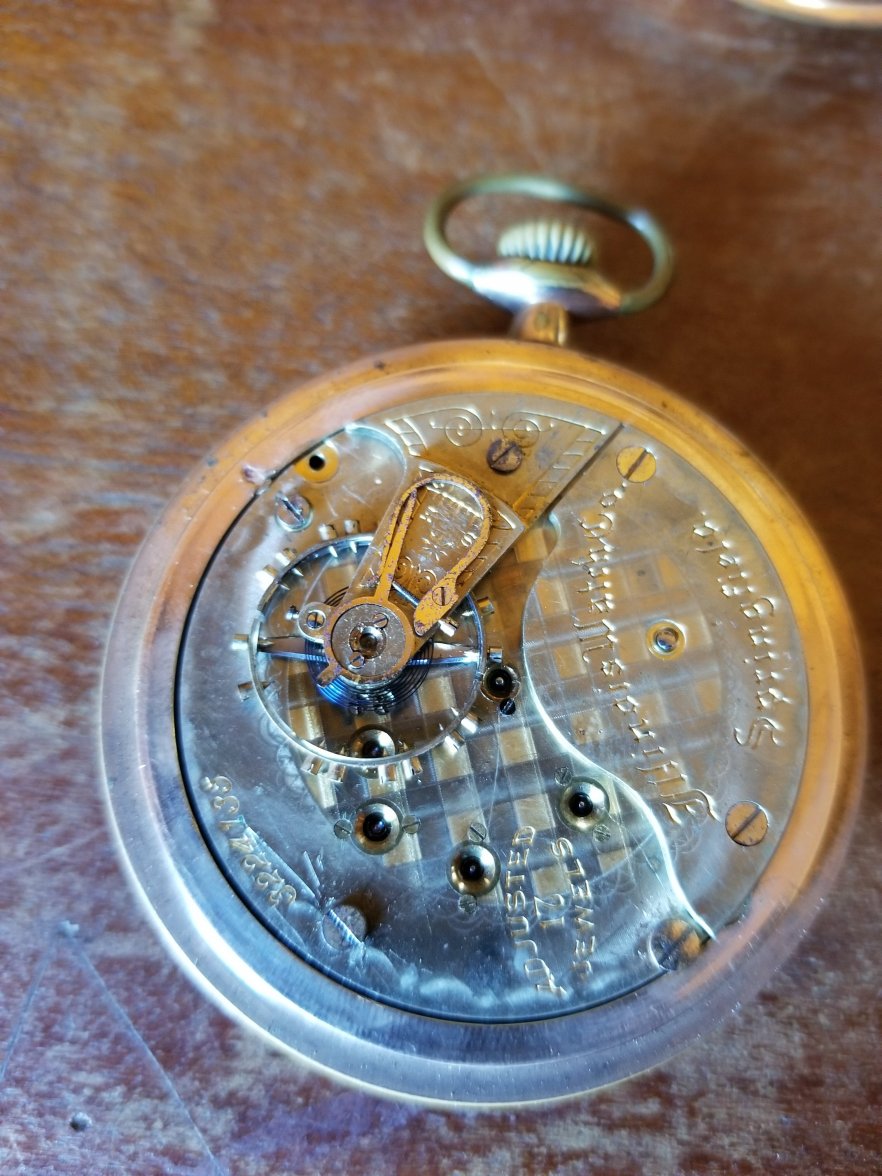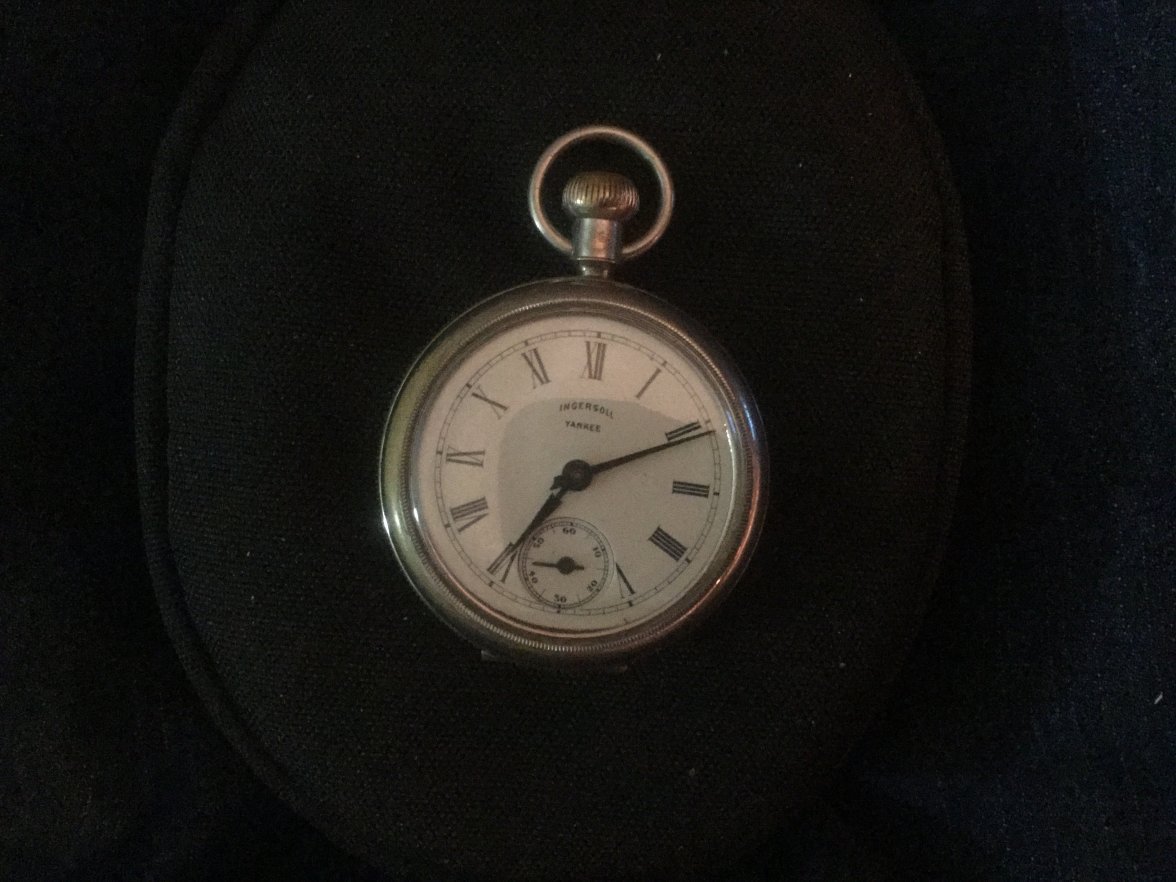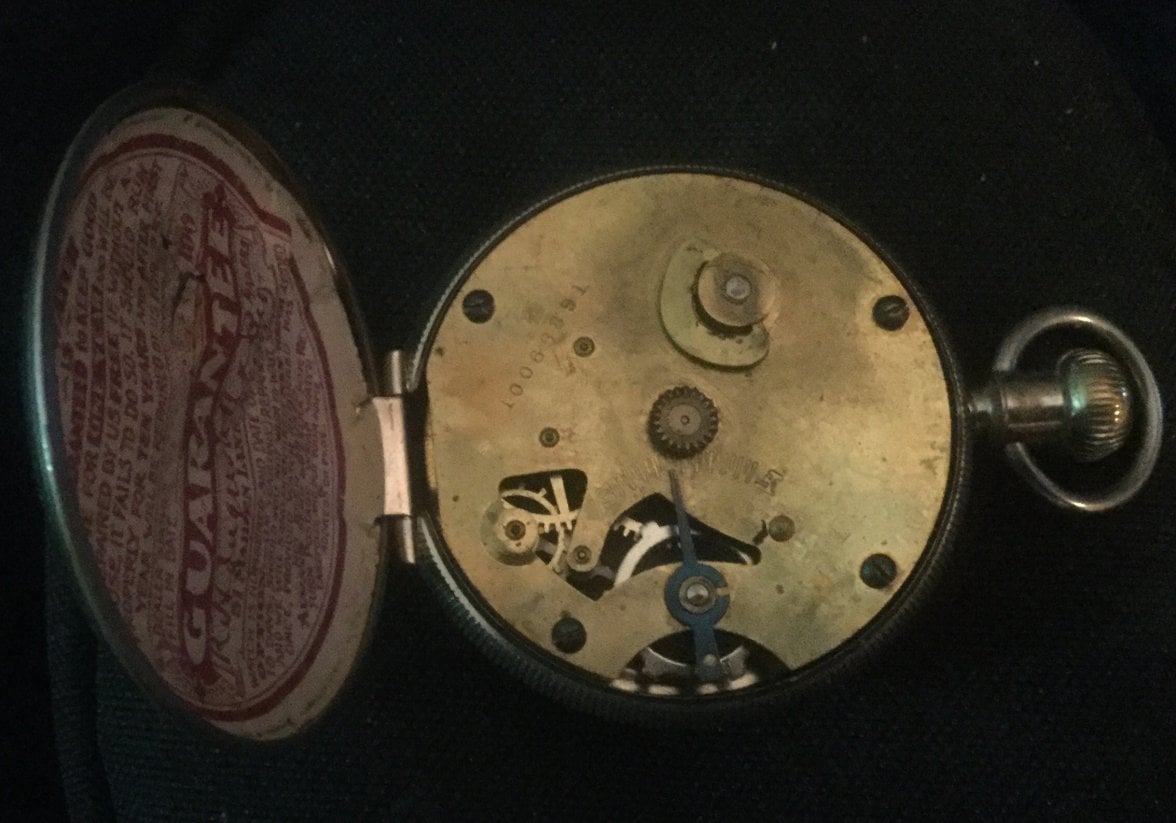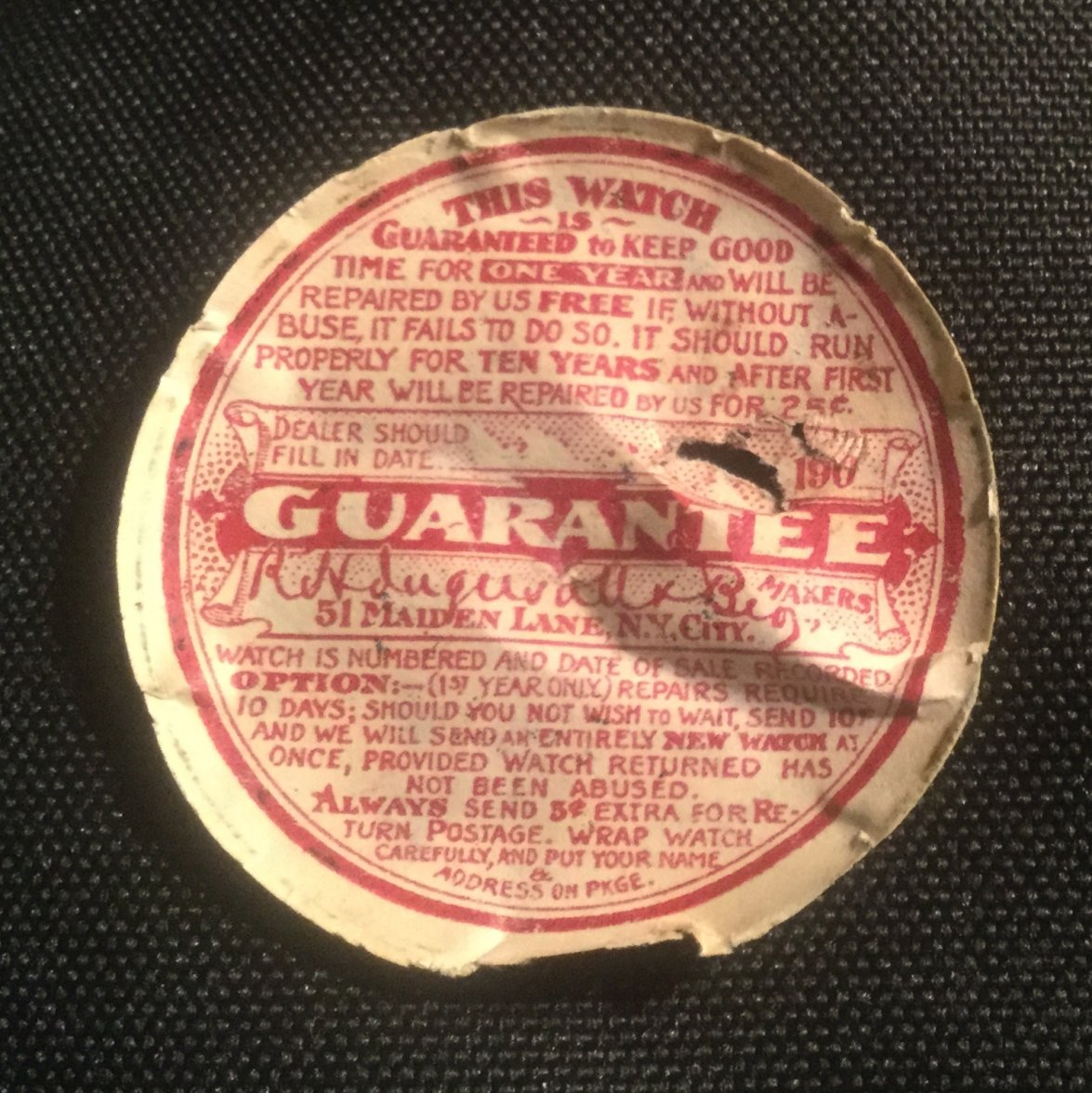Calling all Pocket Watch Buffs
Canuck
·
My picture did not show it well, but their logo was on the movement.
Maybe your remarks on Dueber is why display cases were hard to locate.
John Dueber moved the Hampden factory to Canton, Ohio, after he bought it. No doubt there was inventory of Hampden labeled parts after the move which Dueber used up. We even see dials marked Hampden with Dueber signed movements in them! Your display case would be a Dueber Watch Case Co. product, marked Dueber Hampden. Scarce by itself!
Fritz
·Canuck
·Hey! A Special Railway! I've got one of those in a hunter case... its one of my favorites!
however, today we're wearing the lowly Vanguard, and a pendant set one at that!
@Fritz example of a Dueber pocket watch (see the dial) that has a movement with the Hampden Watch Co. logo engraved on it. The Vanguard is an easy second choice, but the Dueber is a fine example.
Fritz
·so, there you go... its a redial and I’m a terrible sinner!😗
Canuck
·Actually... that watch came with a nice double sunk Arabic dial with Hampden Watch Company emblazoned across it, but I really liked that Deuber dial so I slipped it in while the watch was being serviced. The original dial is safely stashed away should I ever want to put it back on and sell the watch on... which is really highly unlikely.
so, there you go... its a redial and I’m a terrible sinner!😗
Interesting to note, and confirmation that dials marked Dueber, fit Hampden watches. When Dueber bought Hampden, all that changed was the name.
Canuck
·Probably about 35 years ago, I met a fellow who told me that he had his grandfather’s railroad watch, inheriting it at the old fellows death. He told me the watch had been through a house fire, and somehow, the old fellow got back into the house after the fire was put out. He was looking for his railroad watch. He found what was left of it. This is the watch my friend inherited. He brought it to show me. It was a Keystone Howard series V, 19-jewels, lever set, fully adjusted, and had been the old guy’s railroad watch. My friend told me how desperately he wanted it fixed. So desperately, he had considered installing a quartz movement. Here are a few “before” pictures.
Well, as you can see, not much to work with. We put out the call for a Howard series V parts movement. It took almost a year, but we got one. The dial on the parts watch was trash, and there was no case. There were a couple missing parts we were able to cannibalize off the rusted one. The original vitreous enamel dial was stained, but we salvaged it. The case was heavily corroded, and any steel parts were beyond re-using. The parts movement was only 22 serial numbers away from the rusted one.
A few pictures after a lot of scouring, cleaning, polishing, replacing steel parts, cleaning the watch, etc. and here is the result! These pictures were taken 35 years ago, and are not great. Hopefully, they tell a story. To say my friend cherishes this watch is a gross understatement!
I have included a much better, current photo of one of my Howard’s, for a better idea of what the burned out Howard looks like now.
This picture is of one of my Howard series Vs, taken just a few days ago.
Well, as you can see, not much to work with. We put out the call for a Howard series V parts movement. It took almost a year, but we got one. The dial on the parts watch was trash, and there was no case. There were a couple missing parts we were able to cannibalize off the rusted one. The original vitreous enamel dial was stained, but we salvaged it. The case was heavily corroded, and any steel parts were beyond re-using. The parts movement was only 22 serial numbers away from the rusted one.
A few pictures after a lot of scouring, cleaning, polishing, replacing steel parts, cleaning the watch, etc. and here is the result! These pictures were taken 35 years ago, and are not great. Hopefully, they tell a story. To say my friend cherishes this watch is a gross understatement!
I have included a much better, current photo of one of my Howard’s, for a better idea of what the burned out Howard looks like now.
This picture is of one of my Howard series Vs, taken just a few days ago.
Canuck
·On the subject of Howard series V railroad watches, here is another one with a story behind it.
A young engineer was working for the Canadian Pacific Railway, in British Columbia (Canada). He was based in Salmon arm, B C, and his dispatcher was based in Revelstoke, B C. Several hundred miles east of Salmon Arm.
This fellow was running a mixed freight, heading west from Salmon Arm, in late 1912. West of Salmon Arm, there is a long uphill climb. The dispatcher in Revelstoke telegraphed the operator at Notch Hill siding which was further west, at the TOP of the long climb. The dispatcher instructed the operator at Notch Hill to HOLD an east bound (down hill) train to allow the west bound freight to maintain speed as he traveled the long uphill climb. It is not known how this happened, but the east bound seemingly didn’t get the message. The result was a head on collision at Tappen, B C, resulting in the death of the owner of this Howard. It was removed from his body and presented to his mother at the funeral in Salmon Arm, the following week. The original owner’s great niece owns the watch today, and allowed me to take this picture. Notice the dent in the case edge, near the 11. It seems it may have happened in the wreck. The day I took this photo at the owner’s rural home, it happened that the watchmaker who did the most recent service on the Howard, was visiting the owner. What are the chances?
Traffic was held up for 24-hours as the wreck site was sorted out. The passengers on a west bound passenger train originating in Montreal were somewhat pissed off at the delay!
A young engineer was working for the Canadian Pacific Railway, in British Columbia (Canada). He was based in Salmon arm, B C, and his dispatcher was based in Revelstoke, B C. Several hundred miles east of Salmon Arm.
This fellow was running a mixed freight, heading west from Salmon Arm, in late 1912. West of Salmon Arm, there is a long uphill climb. The dispatcher in Revelstoke telegraphed the operator at Notch Hill siding which was further west, at the TOP of the long climb. The dispatcher instructed the operator at Notch Hill to HOLD an east bound (down hill) train to allow the west bound freight to maintain speed as he traveled the long uphill climb. It is not known how this happened, but the east bound seemingly didn’t get the message. The result was a head on collision at Tappen, B C, resulting in the death of the owner of this Howard. It was removed from his body and presented to his mother at the funeral in Salmon Arm, the following week. The original owner’s great niece owns the watch today, and allowed me to take this picture. Notice the dent in the case edge, near the 11. It seems it may have happened in the wreck. The day I took this photo at the owner’s rural home, it happened that the watchmaker who did the most recent service on the Howard, was visiting the owner. What are the chances?
Traffic was held up for 24-hours as the wreck site was sorted out. The passengers on a west bound passenger train originating in Montreal were somewhat pissed off at the delay!
Edited:
DaveK
·...he had his grandfather’s railroad watch, inheriting it at the old fellows death. He told me the watch had been through a house fire, and somehow, the old fellow got back into the house after the fire was put out. ... he wanted it fixed...
Waltesefalcon
·Today I'm wearing my Illinois Santa Fe Special. Despite the railroad sounding name it has nothing to do with railroads but is a private label watch. The Santa Fe Watch Co. was a mail order business out of Topeka Kansas. They sold Illinois, and a few other brands (including Omega), watches from the late 1890s through the 1930s.
This Illinois is a 12s model 1 grade 274 made in 1920. It's a 21J movement, adjusted to 3 positions and temperature. It's a good little watch but no where near as accurate as my railroad watches. What sold me on this watch when I was looking at it was the caseback engraving. My granddad raised horses for years and it reminded me of him.
The advertisement, along with the information I gathered in the company comes from the NAWCC.
This Illinois is a 12s model 1 grade 274 made in 1920. It's a 21J movement, adjusted to 3 positions and temperature. It's a good little watch but no where near as accurate as my railroad watches. What sold me on this watch when I was looking at it was the caseback engraving. My granddad raised horses for years and it reminded me of him.
The advertisement, along with the information I gathered in the company comes from the NAWCC.
Canuck
·Mad Dog
·Canuck
·Now that Speedy Tuesday is over...a railroad grade 21j Illinois Bunn Special Sixty Hour from the late 1920s for Wednesday...
Here’s what the Meggers & Ehrhardt “blue book” on Illinois says about the run of Illinois Bunn Special 60-hour watches that @Mad Dog ’S real nice Illinois is from. Ignore prices! The book is 35 years old, but the information is still valid. An extra like for white gold filled! The “blue book” mentions the dial with the extra markings that later became available. @140dave posted a picture of that dial, earlier in this thread. All great,
Edited:
Waltesefalcon
·Canuck
·Here’s another watch with a story. These photos were taken about 35 years ago, and even with editing and manipulation, they aren’t great. But hopefully they will become more meaningful once I tell the story.
Years ago, I got a phone call from one of the watch repair fraternity, here. He had a problem getting parts for a watch he was to repair. He’d had no luck getting the parts he needed. He asked if I could help. I went to his place of business, then to his shop. He had the watch on his bench. From five feet away, I recognized it as an 18-size Ball railroad watch. I asked him if he had sent the serial # and the Ball name to the supplier. He told me the supplier kept shipping him incorrect parts.
The Ball Watch Co. bought semi-finished movements from Hamilton, Elgin, Waltham, Illinois, Seth Thomas, Aurora, Hampden, Howard, and the New York Watch Co. so when ordering parts for a Ball watch, the supplier will need to know who made it. This, my friend had apparently failed to do! The maker of the Ball in question was Hamilton.
This Hamilton Ball is basically a Hamilton, 18-size, 23-jewel, grade 946. Ball calls it a grade 999. I told him I had staffs for it, and asked if he wanted me to do it for him. Yes, was his answer.
I brought the watch to my shop, and pulled a Hamilton 940 staff from my stock, and had it done in an hour! Why a Hamilton grade 940 staff for a grade 946 (or Ball 999) you might ask? Well, Hamilton grade 940, 941, 942, 943, 944, 946, 947, and Ball grade 999 in 19, 21, and 23-jewels, all use the same balance staff! A lot of the other parts are interchangeable as well. I had the staff fitted, and watch running, within the hour.
You might think the story ends there. It doesn’t! This 18-size, 23-jewel, Ball grade 999, made by Hamilton for Ball, is scarce. There were only 100 of them made, all in about 1910 or 1911!
This watch had belonged to the owner’s grandfather who was a section foreman for (IIRC) Canadian National Railway in Saskatchewan (Canada). The watch was passed to the present owner’s father who also was on the Railroad. After using it for some years, he dropped it, and broke the balance staff! I don’t know why he it never got fixed, but it was broken when the present owner acquired it. It sat in the present owner’s drawer for ten years, until he decided to have it fixed. My friend had it for six months, trying to get the required parts, and that was when I entered the picture.
One thing you might conclude from this is that a typical watchmaker is NOT usually a watch enthusiast! They don’t look too deeply into any broken watch that comes their way. It’s just another broken watch, to them! To the watch. I have included a picture of my Hamilton 940 to give you an idea of what the Ball grade 999 looks like. The first two are of the Ball grade 999, and the third one is my Hamilton 940 which is the 21-jewel version of the Ball.
Years ago, I got a phone call from one of the watch repair fraternity, here. He had a problem getting parts for a watch he was to repair. He’d had no luck getting the parts he needed. He asked if I could help. I went to his place of business, then to his shop. He had the watch on his bench. From five feet away, I recognized it as an 18-size Ball railroad watch. I asked him if he had sent the serial # and the Ball name to the supplier. He told me the supplier kept shipping him incorrect parts.
The Ball Watch Co. bought semi-finished movements from Hamilton, Elgin, Waltham, Illinois, Seth Thomas, Aurora, Hampden, Howard, and the New York Watch Co. so when ordering parts for a Ball watch, the supplier will need to know who made it. This, my friend had apparently failed to do! The maker of the Ball in question was Hamilton.
This Hamilton Ball is basically a Hamilton, 18-size, 23-jewel, grade 946. Ball calls it a grade 999. I told him I had staffs for it, and asked if he wanted me to do it for him. Yes, was his answer.
I brought the watch to my shop, and pulled a Hamilton 940 staff from my stock, and had it done in an hour! Why a Hamilton grade 940 staff for a grade 946 (or Ball 999) you might ask? Well, Hamilton grade 940, 941, 942, 943, 944, 946, 947, and Ball grade 999 in 19, 21, and 23-jewels, all use the same balance staff! A lot of the other parts are interchangeable as well. I had the staff fitted, and watch running, within the hour.
You might think the story ends there. It doesn’t! This 18-size, 23-jewel, Ball grade 999, made by Hamilton for Ball, is scarce. There were only 100 of them made, all in about 1910 or 1911!
This watch had belonged to the owner’s grandfather who was a section foreman for (IIRC) Canadian National Railway in Saskatchewan (Canada). The watch was passed to the present owner’s father who also was on the Railroad. After using it for some years, he dropped it, and broke the balance staff! I don’t know why he it never got fixed, but it was broken when the present owner acquired it. It sat in the present owner’s drawer for ten years, until he decided to have it fixed. My friend had it for six months, trying to get the required parts, and that was when I entered the picture.
One thing you might conclude from this is that a typical watchmaker is NOT usually a watch enthusiast! They don’t look too deeply into any broken watch that comes their way. It’s just another broken watch, to them! To the watch. I have included a picture of my Hamilton 940 to give you an idea of what the Ball grade 999 looks like. The first two are of the Ball grade 999, and the third one is my Hamilton 940 which is the 21-jewel version of the Ball.
Waltesefalcon
·This one isn't anything special but it's a family piece. An Illinois model 6, grade 89, 17J, and adjusted to 3 positions and temperature, it was made in 1917. It was my dad's grandfather's. He was a kinda interesting man who held many jobs over the years, one of which was with the railroad (though this isn't a railroad grade watch), he served in three Navy in WWI, was a butcher, and an undersheriff. I'm sure that he did several other things along the way as well.
I first remember my dad carrying this watch when I was kid. I asked him for it when I was 7, a request which he declined, but he did give it to me when I was in high school. I wore it fur a number of years but not long after college retired it.
I first remember my dad carrying this watch when I was kid. I asked him for it when I was 7, a request which he declined, but he did give it to me when I was in high school. I wore it fur a number of years but not long after college retired it.
Canuck
·This one isn't anything special but it's a family piece. An Illinois model 6, grade 89, 17J, and adjusted to 3 positions and temperature, it was made in 1917. It was my dad's grandfather's. He was a kinda interesting man who held many jobs over the years, one of which was with the railroad (though this isn't a railroad grade watch), he served in three Navy in WWI, was a butcher, and an undersheriff. I'm sure that he did several other things along the way as well.
I first remember my dad carrying this watch when I was kid. I asked him for it when I was 7, a request which he declined, but he did give it to me when I was in high school. I wore it fur a number of years but not long after college retired it.
According to the Meggers & Ehrhardt “blue book”, this grade was produced from 1900 until 1926, approx. 34,320 in the open faced grade produced. It was produced with the plates decorated in a variety of ways. I like the “checkerboard, two tone finish. It is 104 years old, and looks to be in nice condition. It wasn’t essential that everyone who worked for a railroad had to have a railroad standard watch. While prevailing standards for many railroads were quite explicit about the features that were essential on a railroad approved watch, many railroads approved watches that didn’t meet all the standards. CPR for example, approved 3-position, stem set, single roller Waltham 1883 models for decades. Enjoy.
Canuck
·The first “five and dime” stores opened in the late 1870s. Most inventory sold for between 5 cents and 10 cents. These stores tried for years to find a watch that they could sell in their stores. The Waterbury Watch Co. developed a watch they called the “Waterbury Longwind”. It was joked that you wound it by running the winding crown along a board fence as you walked. The Longwind sold for $3.50. Ingersoll Bros., a five and dime finally offered a watch for $1.50. Ingersoll finally introduced the Ingersoll Yankee that sold for $1.00. This was a mini Waterbury Clock Co. clock movement in a watch case, and it was circa 1900. The watch was called the “Ingersoll Yankee”. This is an Ingersoll Yankee. The hands are Westclox Pocket Dax. The original case paper is still inside the case back. Surprisingly, the watch still runs! The winding crown is a dummy. The watch is wound with a key. When my late father was a boy (circa 1915), our province put a bounty on gopher tails of one penny per tail. Boys would trap gophers, lop off the tails, then release the gopher to continue making babies. The province soon scrubbed the one penny bounty. My late father paid for his first dollar watch with bounty from gopher tails. Check out the guarantee!

